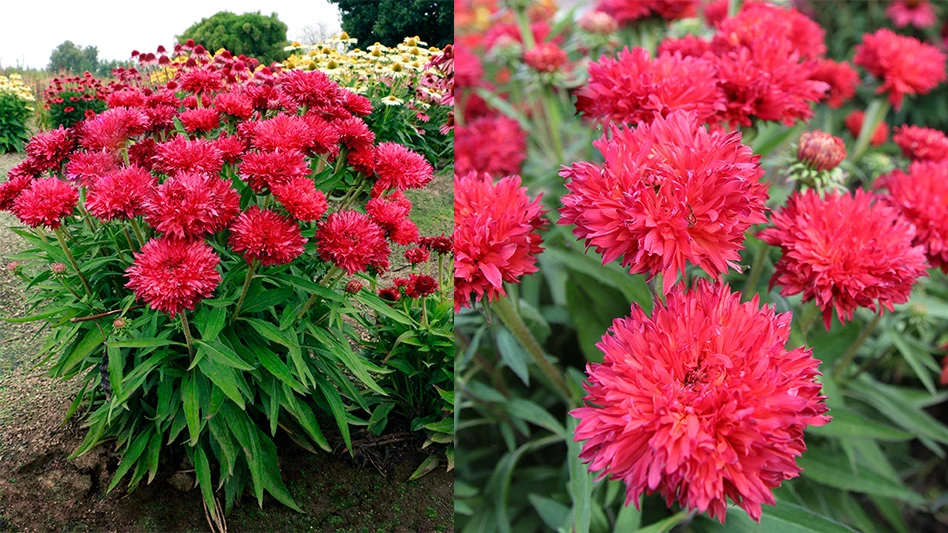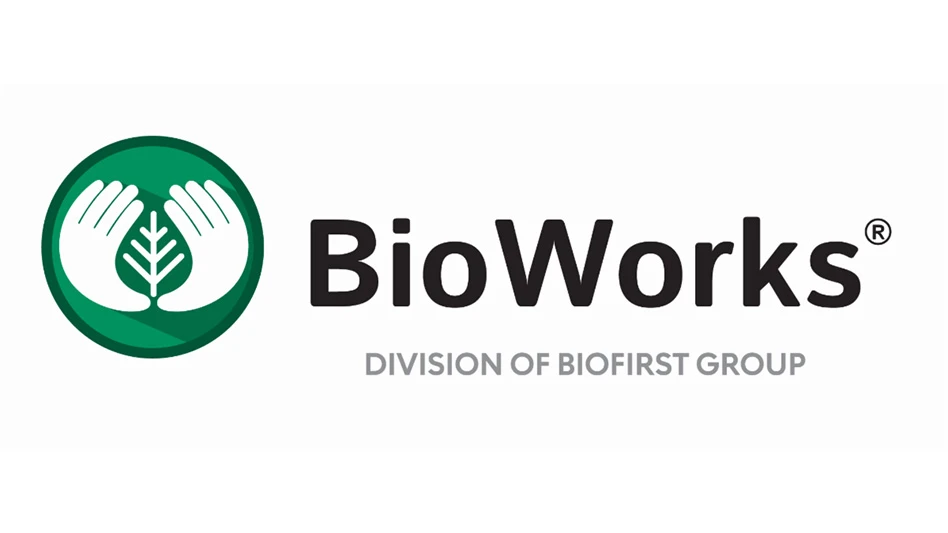
Bill Jones

It is a beautiful drive from Carolina Native Nursery to Lake Lure through the mountains of Western North Carolina. Takes about one and a half hours. Lake Lure, home of Chimney Rock State Park, is the location where Dirty Dancing was filmed, as well as the final scenes from Last of the Mohicans. It is a truly spectacular place. The only drawback is the obscene amount of exotic invasive plants along the drive. I know that many people only notice the kudzu but most of you would recognize much more.
The list of exotic invasive plants abundant in North Carolina is very long. Many of them were introduced before the American Revolution, while others like kudzu and miscanthus were introduced much later and Bradford pears not long ago. But on this drive, more than half of the plants listed on N.C. State’s Invasive, Exotic Plants of the Southeast are in full force. In fact, throughout my drive, Japanese knotweed, tree of heaven and multiflora rose can be found in dozens of occurrences. For over 10 minutes straight at 60 miles per hour, miscanthus is in view and for over 18 minutes kudzu is continually seen. It bums me out every time I go to the lake and I go as often as I can in the summer.
It’s upsetting because of all the awesome native plants that I see where these invasives aren’t. There are incredible stands of Mt. Laurel and rhododendron, both R. maximum and the lesser known R. carolinianum. Mayapple and painted trillium appear so early in the spring I see them in the dormant kudzu patches and wonder what would be there if the massed vines were gone. Fragrant sweetshrub highlights the route in early summer, bloodroot in early spring, along with cucumber magnolias, and much more.

The economic and social impacts of invasive species include effects on property values, agricultural productivity, utility operations, native fisheries, tourism, outdoor recreation, and the costs associated with invasive species control efforts. A 2005 study estimated that the economic damages associated with invasive species in the United States reached approximately $120 billion a year. That’s real money. Consider that in 2013 the federal government spent $53 billion to cover the medical expenses for those 73 million Americans that do not have health care insurance. Just some perspective.
It is very easy for everyone to search for what’s invasive in your area. Many of these plants were introduced by the horticulture industry. We also know that some of these plants are sadly still in production. Many are available at your local garden centers or big-box stores. Is it irresponsible to grow and sell them? The thoughtful and rational answer is yes. There are substitutes for all of them. There may be sterile alternatives. These plants are ecological nightmares, displacing native plants and ecosystems, and in many cases aesthetically ugly.
What should be done about them in our industry? Is it better to self-regulate or wait until laws and regulations are passed? Of course, the responsible thing to stop the spread is to stop growing and selling them. We could prohibit them from being on display at trade shows, associations can work to educate members (some are, or have), and actively promote alternatives. No one seems to like regulations handed down in the form of new laws and ordinances. Staying ahead of them is always preferable. Hopefully you have read what is going on in California. The collaboration between Plant Right and the Plant California Alliance are working to get exotic, invasive plants off the market through education from the consumer, to the garden centers and nurseries. And they are successful.
Should we be doing everything we can to prevent the next exotic invasive? Who is liable to clean up the mess when a new one is introduced? Would you like to be liable to clean up the mess that the Bradford pear is causing? Is it plant pollution? Taking the right approach now is reasonable. The Plant Risk Evaluator tool, a method for determining a plant’s potential for becoming invasive in any specific region, is being utilized now. This tool is an adaptation of a broader weed risk assessment screening tool and allows for highly accurate (95%) predictions specifically tailored to horticultural plants. Is it too much to ask that all newly introduced plants are assessed through a tool such as this before they enter the marketplace? Could a tool such as this limit someone’s liability if a newly introduced plant is found to be highly invasive and disruptive?
There are many questions to ask. We have all seen natural areas and ecosystems destroyed by patches of exotic invasive plants. And most of us think these natural areas need to be preserved and protected. A proactive and preventive approach in new plant introduction by our industry is one of the smartest things we can do.
Opinions expressed are those of the author and do not necessarily represent the views of GIE Media, Inc.

Bill Jones is president of Carolina Native Nursery in Burnsville, N.C., a specialty grower of native shrubs, perennials ferns, and grasses. www.carolinanativenursery.com

Explore the September 2019 Issue
Check out more from this issue and find your next story to read.
Latest from Nursery Management
- Pennsylvania Horticultural Society shares top gardening trends from 2025 Philadelphia Flower Show
- California Spring Trials 2026 dates announced
- Les Evans promoted to DRAMMwater segment manager, Al Zylstra to retire
- Hoffmann Family of Companies to acquire N.G. Heimos Greenhouses
- GIE Media Horticulture Group wins five regional 2025 Azbee Awards of Excellence
- How to create a sustainable plant nursery
- Grant awarded to test western U.S. wood species for use as wood fiber potting substrate
- Pennsylvania Horticultural Society announces 2025 Gold Medal Plant winners





